Home>Interior Design>How Can I Make My Walls Attractive? 8 Rules For Beautiful Walls
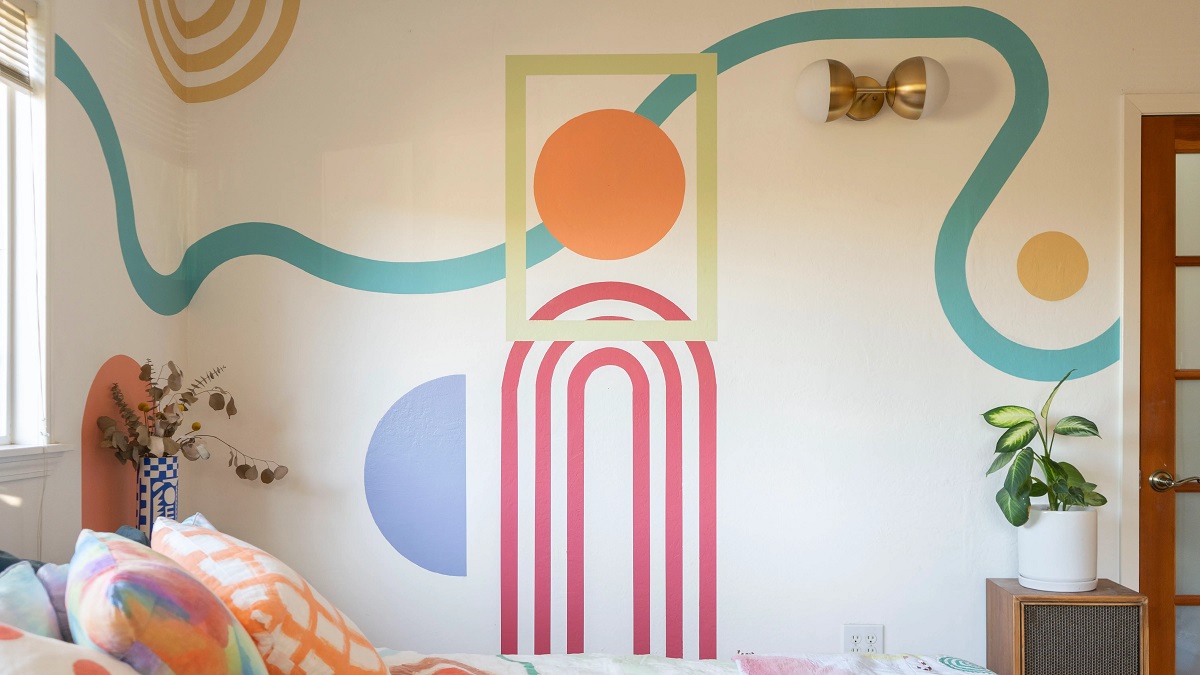

Interior Design
How Can I Make My Walls Attractive? 8 Rules For Beautiful Walls
Modified: January 19, 2024
Learn the 8 essential rules for creating stunning walls in your home with these interior design tips. Make your walls attractive and stylish to transform your space.
(Many of the links in this article redirect to a specific reviewed product. Your purchase of these products through affiliate links helps to generate commission for Storables.com, at no extra cost. Learn more)
Introduction
When it comes to designing a space, walls play a crucial role in creating the overall ambiance and aesthetic appeal of a room. They act as a blank canvas waiting to be transformed into something visually stunning. Whether you’re revamping your home or starting from scratch, making your walls attractive can have a significant impact on the overall design.
In this article, we will explore eight essential rules to help you create beautiful walls. From choosing the right color palette to incorporating texture and functional decor, these guidelines will transform your walls from forgettable to eye-catching.
So, if you’re ready to give your walls the attention they deserve, let’s dive into the rules that will turn them into stunning features of your space.
Key Takeaways:
- Transform your walls into stunning features by choosing the right color palette, using quality paint, creating accent walls, and incorporating texture. Make your walls visually appealing and reflective of your personal style.
- Infuse personality into your space by hanging artwork, adding mirrors, installing shelves, and utilizing lighting to enhance the beauty of your walls. Create an inviting atmosphere that reflects your unique style and creativity.
Read more: What Can I Put On The Wall Around My Bathtub
Rule 1: Choose the right color palette
One of the most fundamental principles of creating attractive walls is choosing the right color palette. The colors you select will set the tone for the entire room and greatly impact its overall ambiance.
Start by considering the mood you want to create in the space. Do you want it to feel calm and serene? Or energetic and vibrant? Different colors evoke different emotions, so it’s important to choose accordingly.
Consider using a color wheel to guide your selection. Complementary colors, which are opposite each other on the wheel, can create a visually striking contrast. Analogous colors, which are next to each other on the wheel, can create a harmonious and cohesive look.
Additionally, pay attention to the natural lighting in the room. Lighter colors can make a space feel larger and airier, while darker colors can create a cozy and intimate atmosphere. Take samples of your chosen paint colors and test them on the walls before making a final decision.
Remember, you’re not limited to just one color. Consider using multiple shades of the same color or incorporating accent colors to add depth and interest to the space.
By carefully selecting the right color palette for your walls, you can create a visually appealing and mood-enhancing environment that sets the stage for the rest of your interior design.
Rule 2: Use quality paint and finishes
Choosing the right paint and finishes is essential for creating attractive walls that stand the test of time. Investing in quality products not only ensures a more visually appealing result but also ensures durability and longevity.
Start by selecting a high-quality paint that is specifically formulated for the surface you’re working with, whether it’s drywall, wood, or brick. Look for paints with low or no VOC (volatile organic compounds) to minimize any harmful fumes and promote better indoor air quality.
Consider the finish of the paint as well. Different finishes, such as matte, eggshell, satin, and gloss, have different visual effects and levels of sheen. Matte finishes have a flat, non-reflective look, while gloss finishes have a shiny and reflective surface. Choose a finish that suits the style and desired look of your space.
In addition to the paint, pay attention to the quality of other finishes on your walls, such as trim, moldings, and wallpapers. Opt for materials that are durable and easy to clean. A well-maintained and visually appealing finish can significantly enhance the overall appearance of your walls.
Proper preparation is also crucial when it comes to achieving a professional-looking finish. Make sure to clean and repair any imperfections on the walls before applying the paint. This includes patching holes, sanding rough surfaces, and priming the walls for better paint adhesion.
Remember, using quality paint and finishes not only enhances the visual appeal of your walls but also ensures their longevity and ease of maintenance. It’s worth investing in these materials to create beautiful and long-lasting results.
Rule 3: Create an accent wall
An accent wall is a fantastic way to add visual interest and create a focal point in a room. By highlighting one wall with a different color, texture, or pattern, you can instantly transform the entire space.
When choosing which wall to accent, consider the room’s layout and architectural features. The wall behind the bed in a bedroom or the wall behind the sofa in a living room are popular choices. However, any wall that you want to draw attention to can serve as an accent wall.
When it comes to selecting the accent color, choose a shade that complements the overall color scheme of the room. It can be a deeper or brighter tone of an existing color, or even a contrasting color to create a bold statement. Don’t be afraid to experiment with different paint finishes, such as metallic or textured paints, to add depth and visual interest.
If you’re not keen on using paint, consider other options for creating an accent wall. Wallpaper with a bold pattern or texture can instantly transform a plain wall into a stunning feature. Natural materials like reclaimed wood or exposed brick can also add texture and warmth to the space.
To make the accent wall stand out even more, consider incorporating elements like framed artwork, floating shelves, or decorative lighting. This will draw further attention to the wall and create a cohesive and visually appealing look.
Creating an accent wall is a simple yet effective way to add personality and style to any room. It provides a focal point that immediately grabs attention and elevates the overall aesthetic of the space.
Rule 4: Incorporate texture
Adding texture to your walls can bring depth and visual interest to a space, making it more inviting and visually appealing. Whether you prefer a rustic, modern, or eclectic aesthetic, incorporating texture is a great way to create a unique and captivating look.
One way to introduce texture is by using textured paint or a faux finish technique. This can create the illusion of texture on a plain wall, adding dimension and character. Popular textured finishes include Venetian plaster, sponge painting, or stenciling.
Another option is to use wall coverings such as wallpaper or wall panels that have a textured surface. From subtle patterns to bold designs, textured wallpapers can transform a wall into a stunning focal point. Similarly, wall panels made of materials like wood, stone, or reclaimed materials can add a touch of natural texture to your space.
For a more organic feel, consider incorporating elements like exposed brick or stone. These materials not only provide texture but also bring a sense of authenticity and warmth to the room. You can expose existing brick walls or use stone veneers to achieve a similar effect.
Don’t forget about textiles! Hanging tapestries, fabric wall art, or even drapery can add softness and visual interest to your walls. They can also help absorb sound and create a more cozy atmosphere.
Incorporating texture into your walls not only adds visual appeal but also creates a tactile experience. It enriches the overall sensory experience in a room, making it more captivating and engaging.
Consider using a variety of textures, such as wallpaper, wood paneling, or textured paint, to add visual interest to your walls. Mixing different textures can create a dynamic and attractive look.
Read more: How Can I Make My Kitchen Look Expensive?
Rule 5: Hang artwork and photographs
Artwork and photographs are powerful tools for adding personality and visual interest to your walls. Hanging them strategically can elevate the overall aesthetic of a space and create a cohesive and captivating design.
When selecting artwork or photographs, consider the style, subject matter, and color palette that will complement the rest of your decor. Choose pieces that resonate with you and evoke a positive emotional response.
When it comes to hanging, consider the placement and arrangement. A single bold statement piece can serve as a focal point on a larger wall, while a gallery wall of multiple smaller pieces can create a dynamic and visually stunning display.
Start by laying out your artwork or photographs on the floor or a table to experiment with different arrangements. Consider the spacing, balance, and proportion of each piece. You can play with symmetrical or asymmetrical arrangements, depending on your desired aesthetic.
When hanging the artwork, aim for eye level. This will ensure that it’s easily visible and allows for comfortable viewing. Use proper hardware and tools to secure the pieces, especially if they are heavy or valuable.
Remember to mix and match frames and sizes to add visual interest and create a curated look. Consider incorporating other elements like floating shelves or decorative ledges to display additional decorative items alongside your artwork.
By hanging artwork and photographs, you not only enhance the visual appeal of your walls but also infuse your space with personal meaning and a sense of identity. It creates a focal point and sparks conversations, making your walls truly come alive.
Rule 6: Add mirrors
Mirrors are not only functional but also incredibly versatile in enhancing the overall appeal of your walls. They can reflect light, create an illusion of space, and add a touch of glamour to any room.
Consider placing a mirror strategically to maximize its impact. One popular placement is across from a window or other light source, as this will reflect natural light and brighten up the room. Mirrors can also be used to visually expand a small space by creating the illusion of depth.
When choosing a mirror, consider the size, shape, and frame. Large mirrors can make a bold statement and create a focal point, while smaller mirrors can be used as accents within a gallery wall or alongside other decorative items.
Experiment with different mirror shapes, such as round, rectangular, or even uniquely shaped mirrors, to add visual interest. You can also choose frames that match your decor style, whether it’s sleek and modern, ornate and traditional, or rustic and vintage.
Another creative way to incorporate mirrors is by using mirrored tiles or a mirrored accent wall. This can add a touch of glamour and create a stunning visual effect. Just remember to balance the mirror with other elements in the room to avoid overwhelming the space.
Not only do mirrors add visual appeal to your walls, but they also serve a functional purpose. They can be used for checking your appearance, bouncing light around the room, or strategically placed to provide a specific focal point.
By adding mirrors to your walls, you can enhance the overall aesthetic of your space, create a sense of brightness, and make your rooms feel more spacious and inviting.
Rule 7: Install shelves and functional wall decor
When it comes to designing attractive walls, it’s important to consider both aesthetics and functionality. Installing shelves and incorporating functional wall decor can not only enhance the visual appeal of your walls but also provide practical storage and organization solutions.
Shelves are versatile and can be used to display decorative items, books, plants, or even create a gallery wall of framed photos and artwork. They add depth and dimension to the walls, making them visually interesting.
When choosing shelves, consider the style and material that complements your overall design. Floating shelves provide a sleek and modern look, while wooden shelves add warmth and a rustic touch. Mix and match different sizes and shapes to add visual interest and create a visually appealing arrangement.
In addition to shelves, consider incorporating functional wall decor such as hooks, racks, or pegboards. These can provide storage solutions for items like coats, hats, bags, keys, or even kitchen utensils. Not only do they keep your space organized, but they also add visual interest to the walls.
Be mindful of the placement and arrangement of shelves and functional wall decor. Consider the height and accessibility of the items you plan to store or display. Arrange them in a visually appealing way, balancing the placement and ensuring everything is within reach.
By installing shelves and incorporating functional wall decor, you not only add visual interest to your walls but also make your space more organized and efficient. It’s a win-win situation that combines style and functionality.
Rule 8: Utilize lighting to enhance the walls
Lighting plays a vital role in highlighting and enhancing the beauty of your walls. Thoughtfully planned lighting can create ambiance, emphasize textures, and draw attention to focal points, making your walls truly stand out.
Start by considering the natural light sources in your space. Maximize the use of natural light by keeping windows uncovered or using sheer curtains to allow the light to filter through. Natural light brings out the true colors and textures of your walls, creating a vibrant and inviting atmosphere.
For areas with insufficient natural light, or to create a specific mood, incorporate artificial lighting. Choose fixtures that provide the appropriate type of lighting for the space, such as ambient, task, or accent lighting.
Ambient lighting, like overhead fixtures or recessed lighting, should be evenly distributed throughout the room to create a warm and inviting environment. Task lighting, such as wall-mounted lamps or pendant lights, can be used to illuminate specific areas or highlight artwork. Accent lighting, like spotlights or wall sconces, can be directed towards the walls to create dramatic highlights and shadows.
Consider using lighting fixtures that are visually appealing on their own. Unique and stylish fixtures can become decorative elements on your walls, adding an extra layer of visual interest.
Another effective way to enhance your walls with lighting is by using wall washers or uplighting. These fixtures are placed at the base of the wall and direct light upwards, highlighting the texture and creating a soft glow. This technique is especially effective for textured or patterned walls.
Dimmer switches are an excellent addition to control the intensity of the lighting, allowing you to adjust the mood and ambiance of the room according to your preference.
By utilizing lighting strategically, you can transform your walls into captivating features that enhance the overall aesthetics of your space. Thoughtfully planned lighting adds depth, drama, and an enchanting atmosphere to your walls.
Conclusion
Your walls are like a blank canvas waiting to be transformed into stunning features that enhance the overall aesthetic of your space. By following these eight rules for beautiful walls, you can create an atmosphere that is visually appealing, inviting, and reflective of your personal style.
Start by choosing the right color palette that sets the mood and enhances the overall design of the room. Use quality paint and finishes to ensure a professional-looking result that lasts. Don’t be afraid to create an accent wall to add a focal point and grab attention.
Incorporate texture through textured paint, wallpaper, or natural materials to add depth and visual interest. Hang artwork and photographs strategically to infuse your walls with your personality and create a curated look. Mirrors can help reflect light, create the illusion of space, and add a touch of elegance to your walls.
Consider installing shelves and functional wall decor to provide both aesthetics and practical storage solutions. And lastly, utilize lighting to enhance the beauty of your walls, creating ambiance and emphasizing textures.
By following these rules, you can transform your walls from forgettable background elements into stunning and captivating features that elevate the entire design of your space.
So, start exploring these ideas, unleash your creativity, and make your walls a reflection of your unique personality and style. Enjoy the process and let your walls become a source of inspiration and delight for years to come.
Frequently Asked Questions about How Can I Make My Walls Attractive? 8 Rules For Beautiful Walls
Was this page helpful?
At Storables.com, we guarantee accurate and reliable information. Our content, validated by Expert Board Contributors, is crafted following stringent Editorial Policies. We're committed to providing you with well-researched, expert-backed insights for all your informational needs.
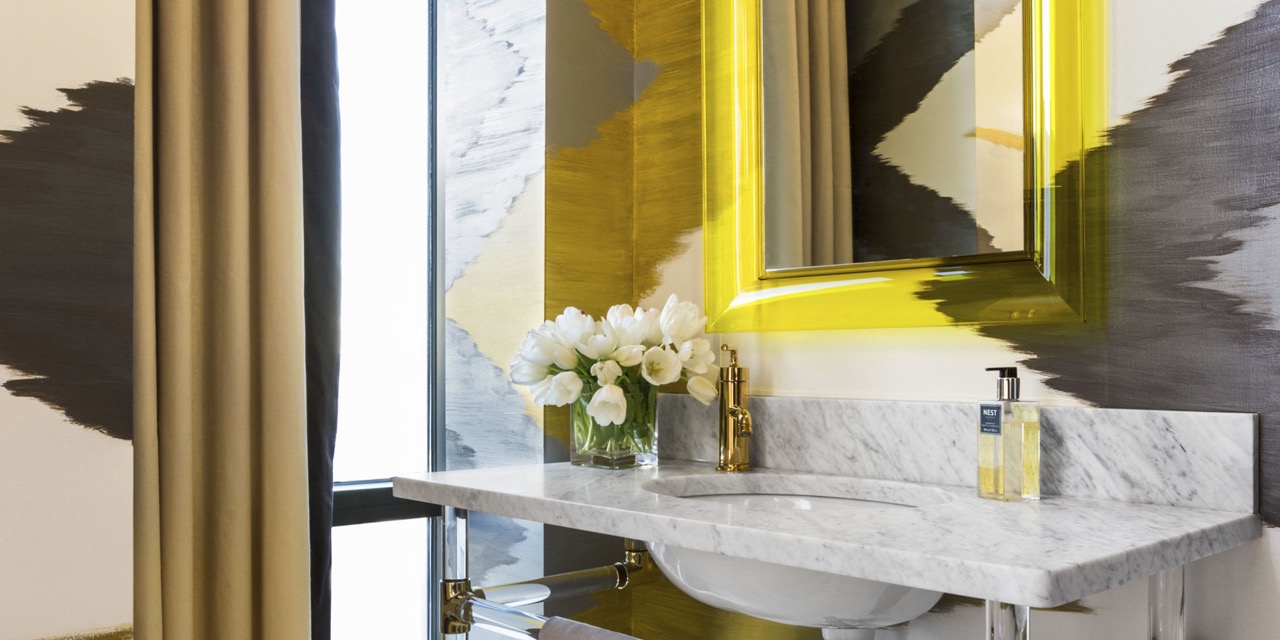
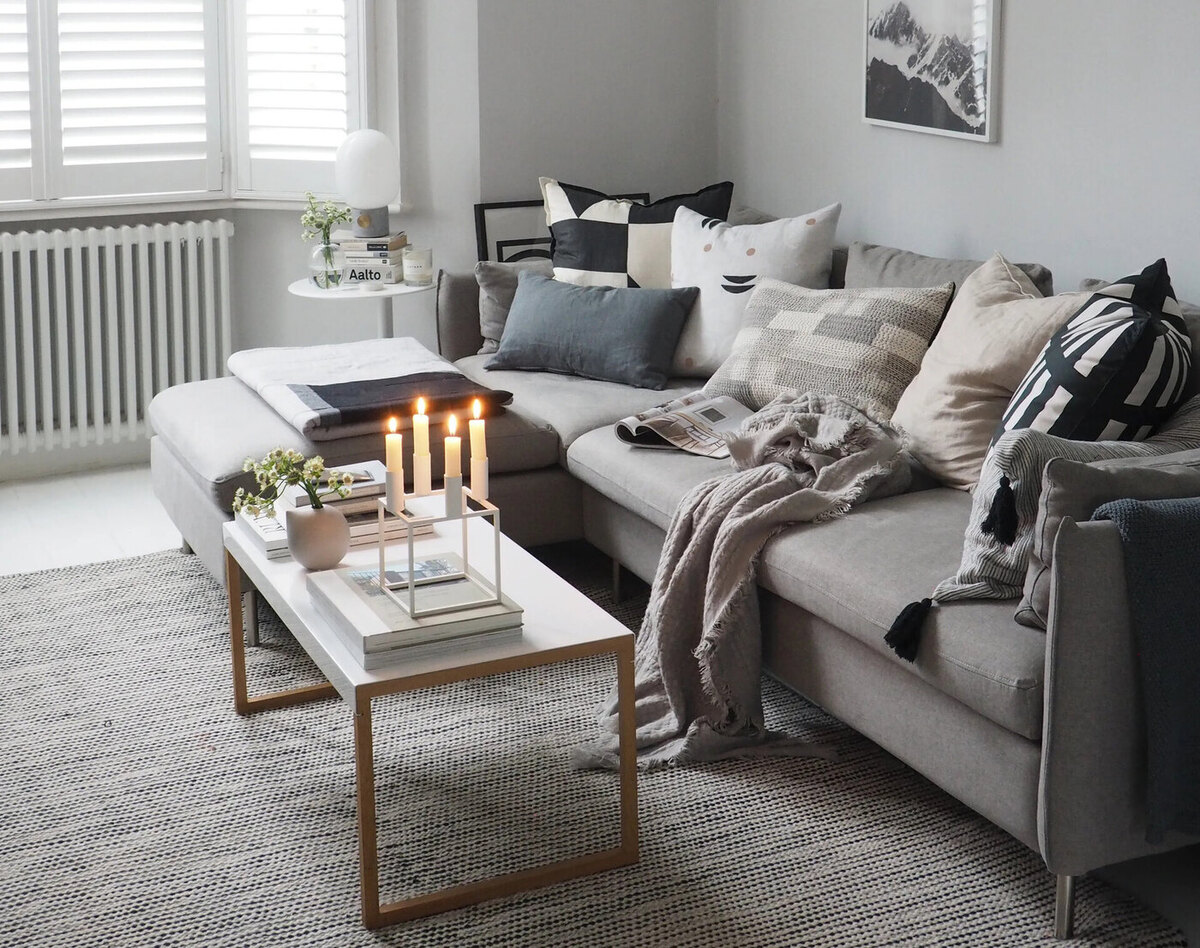
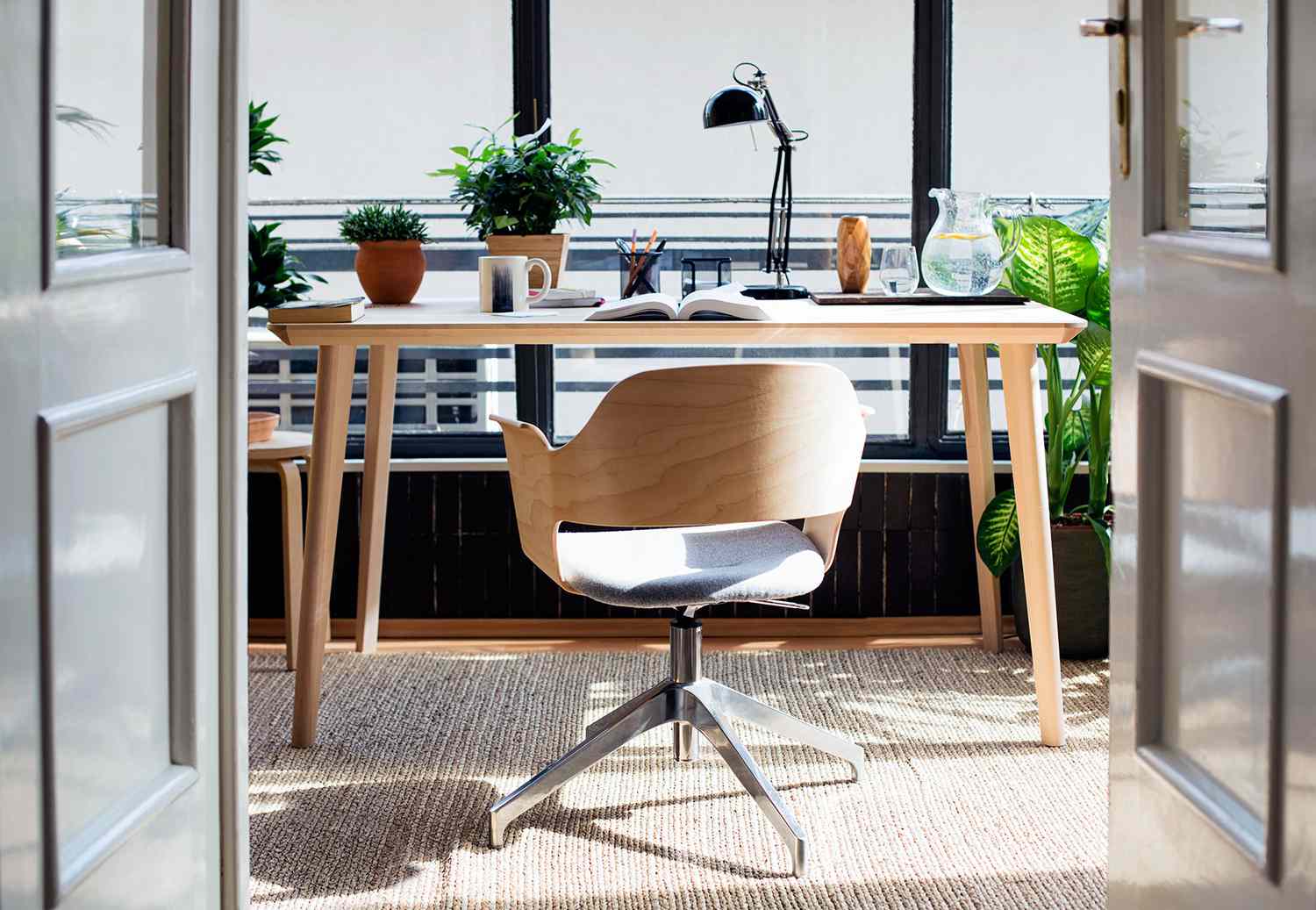

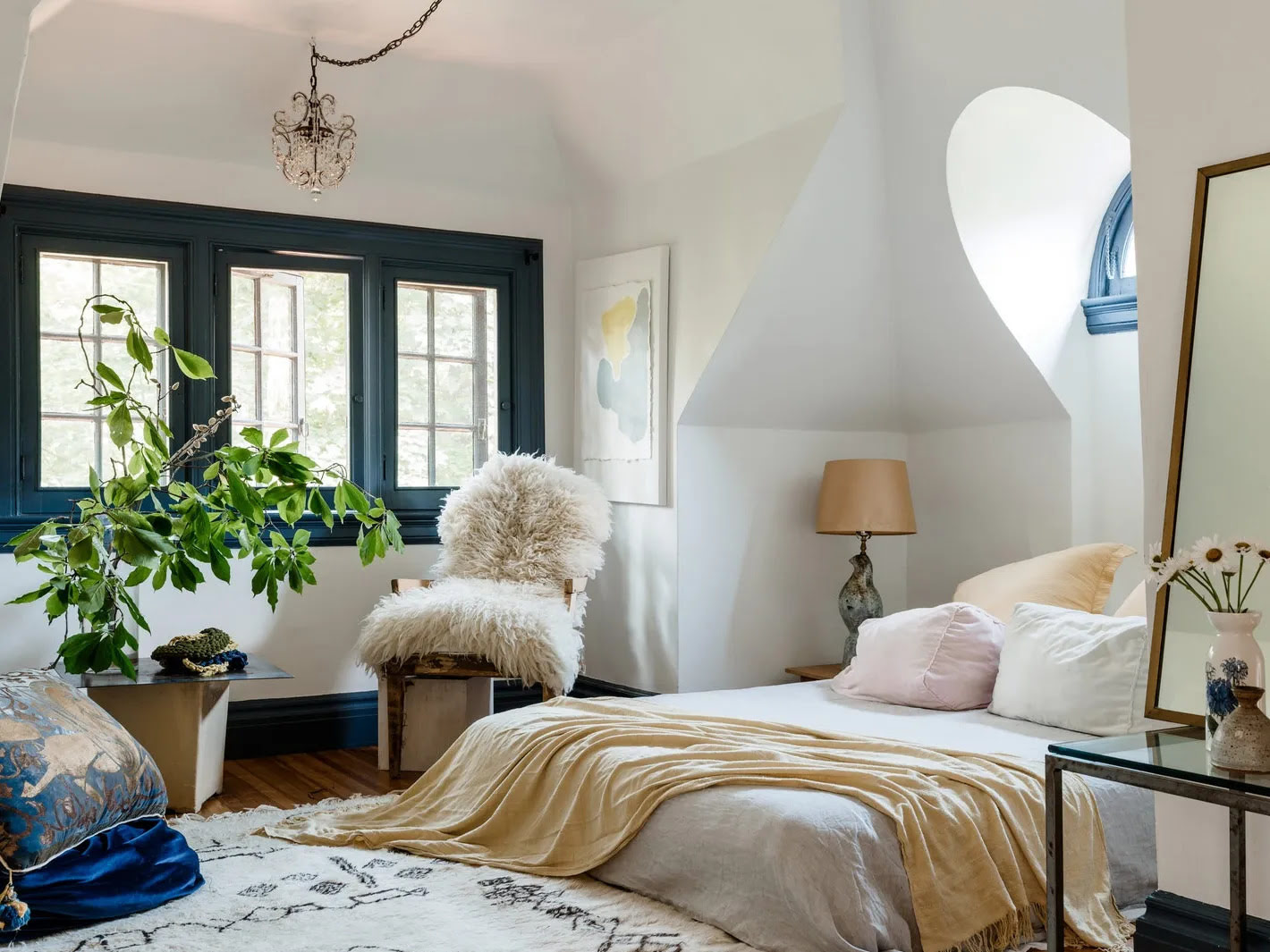
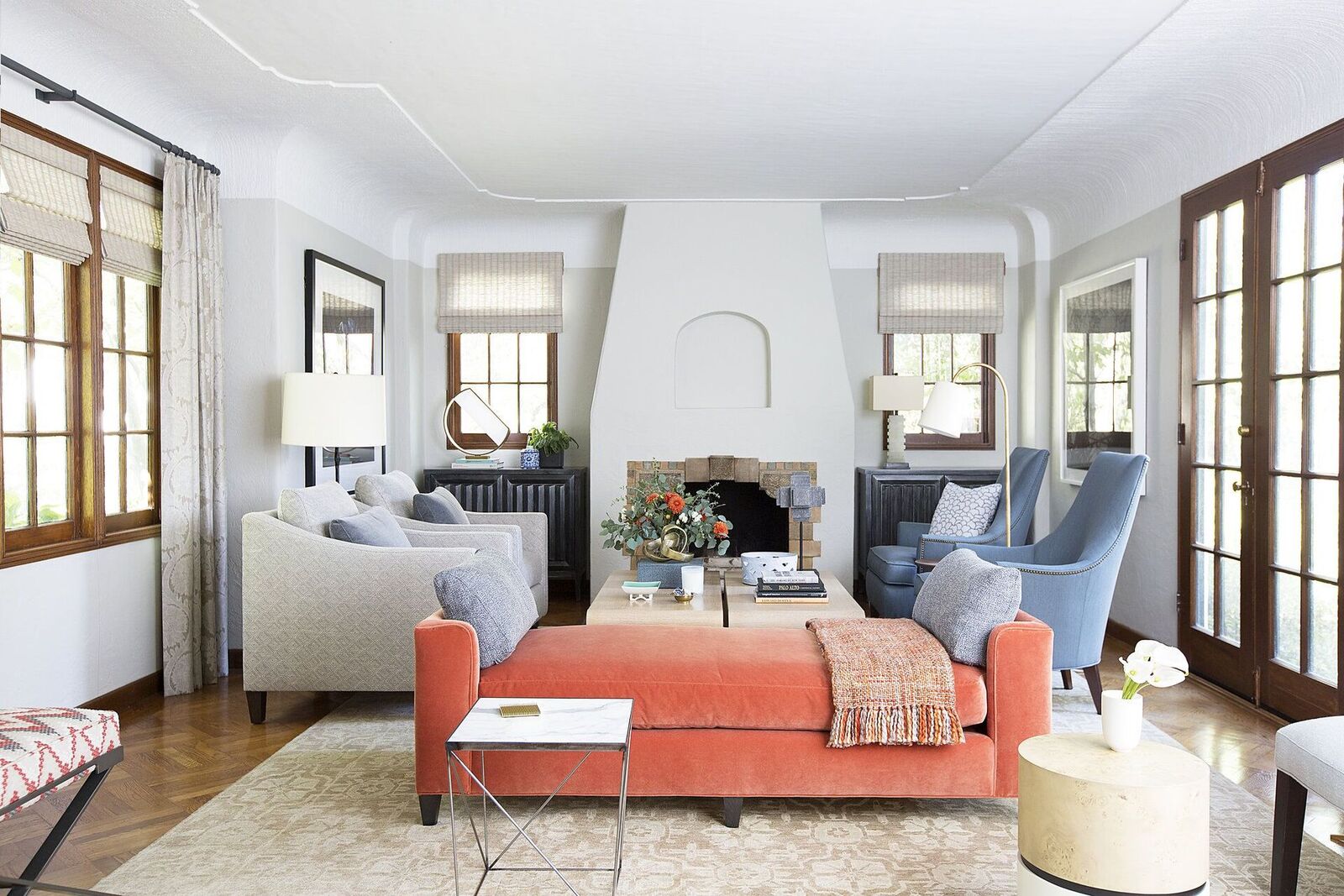
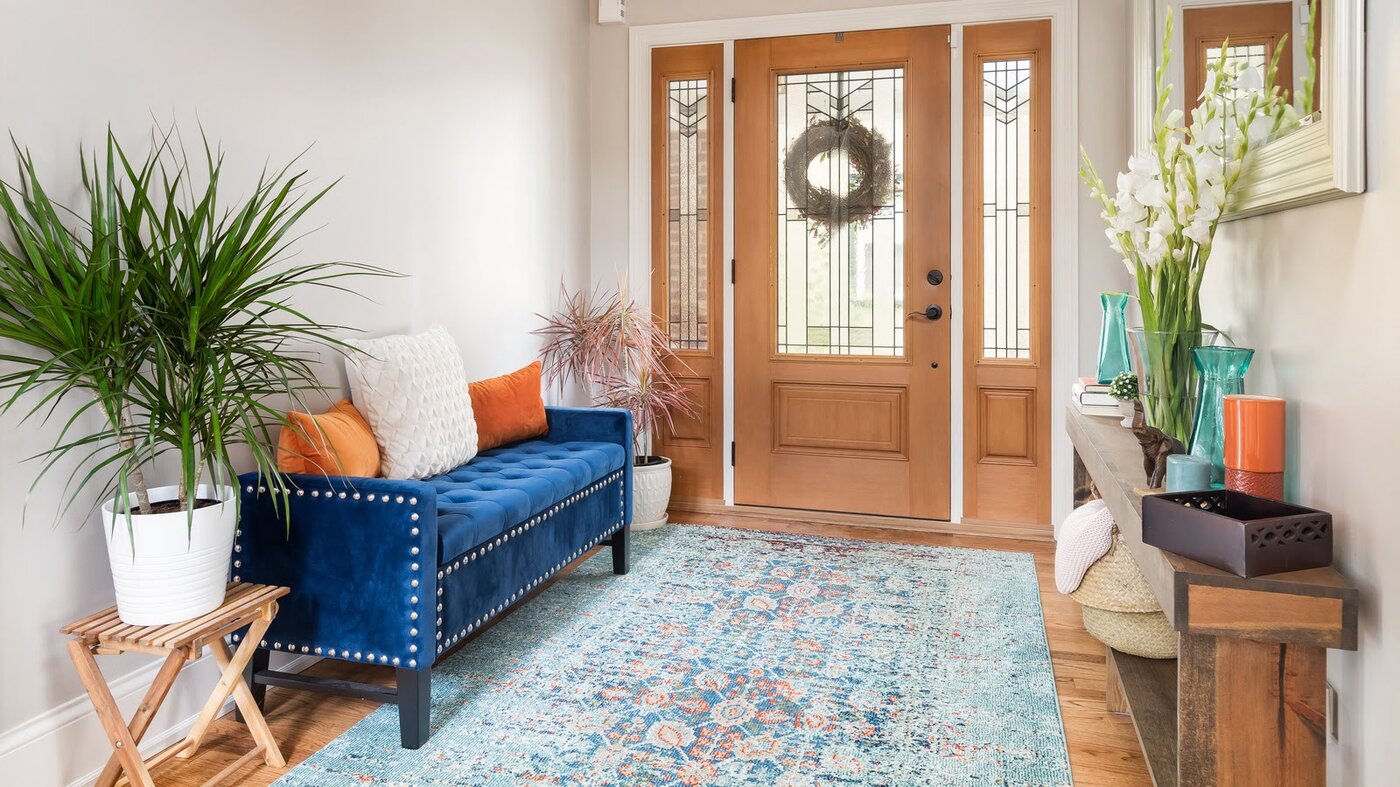
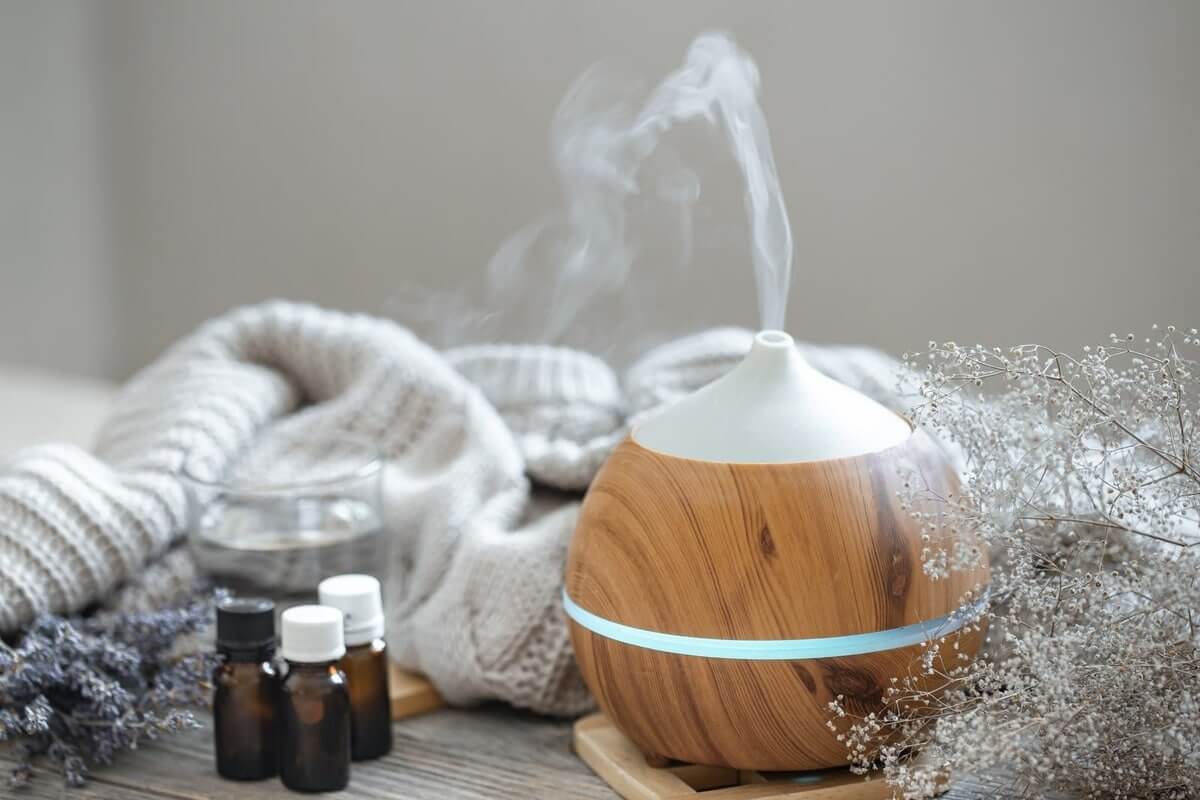
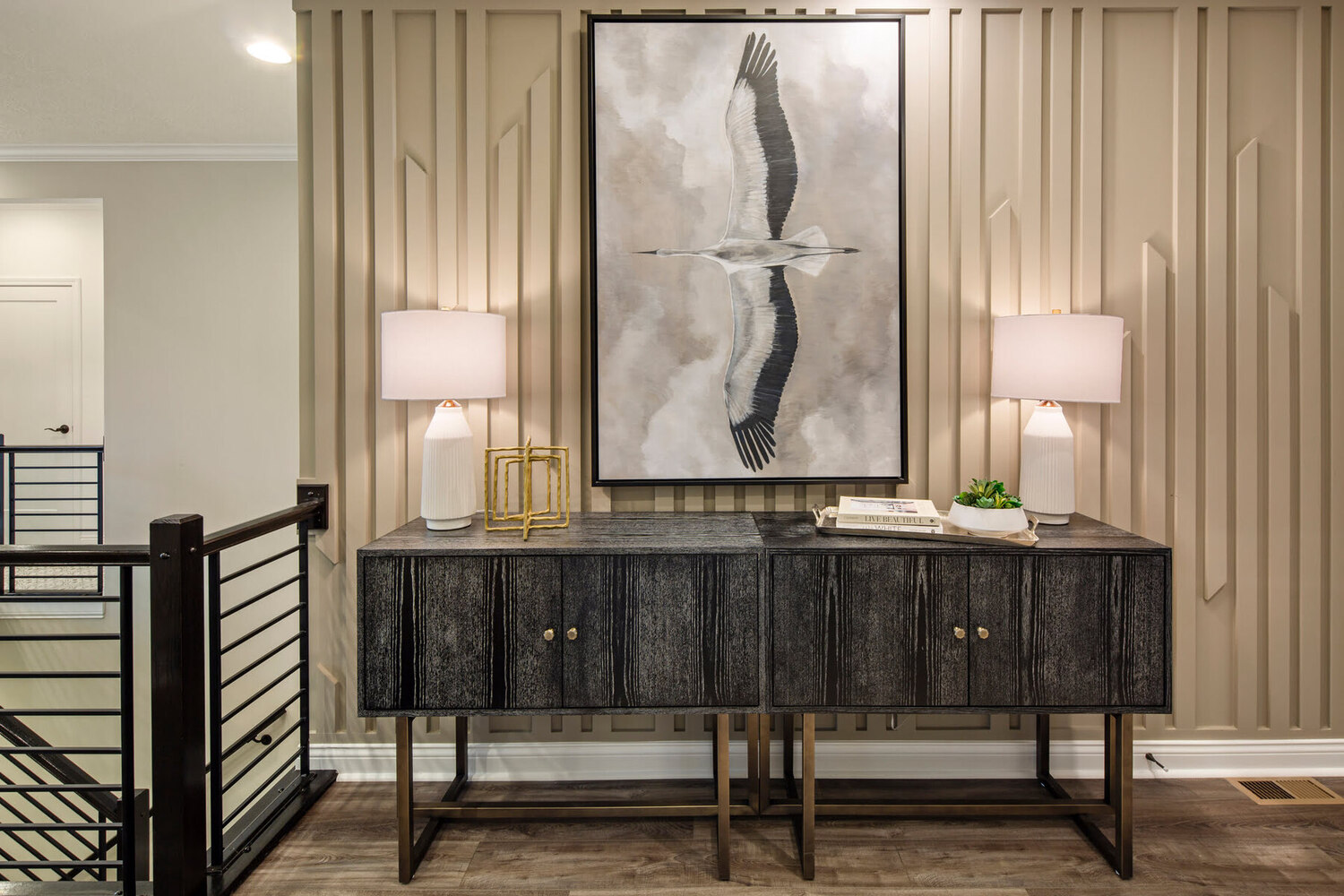
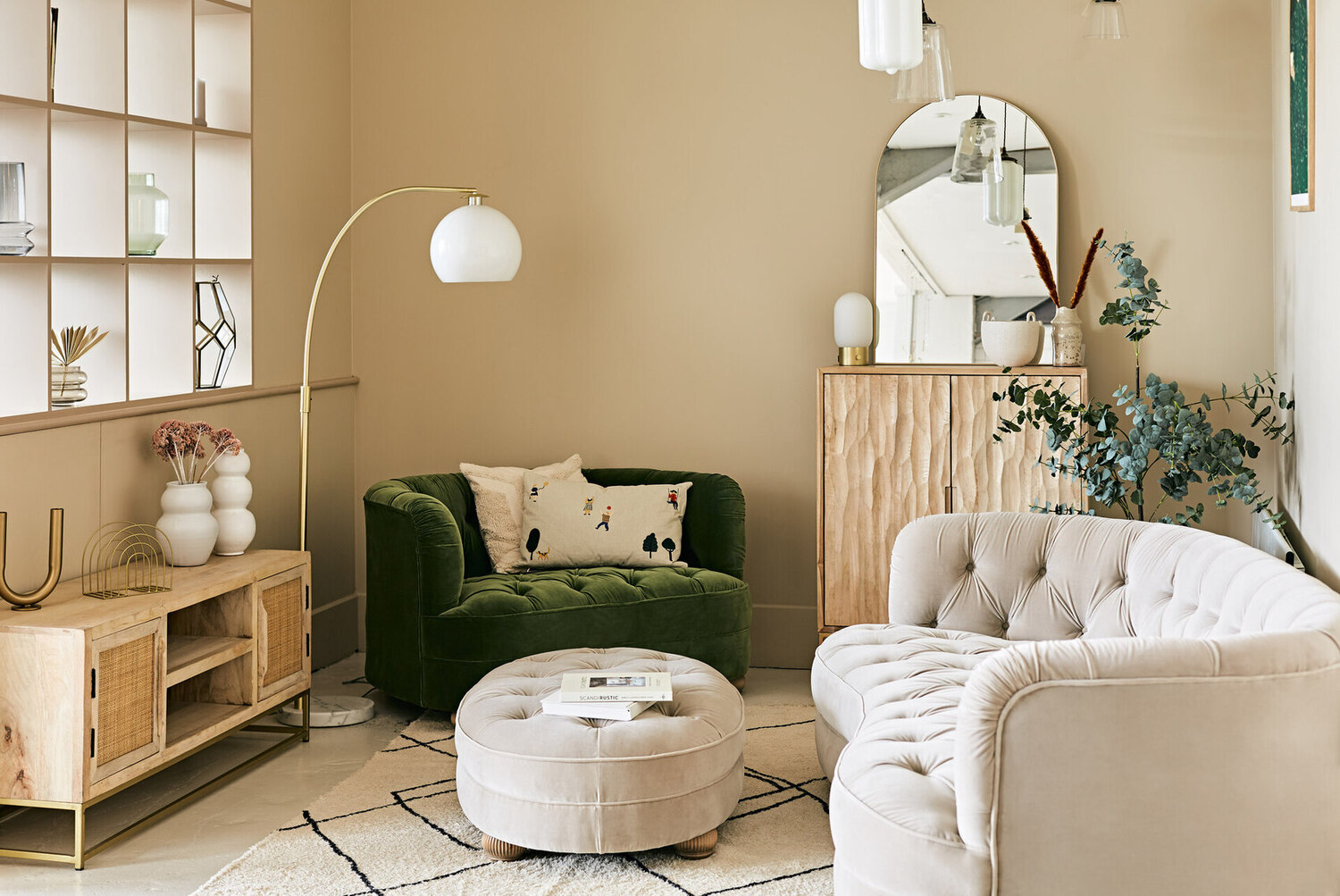
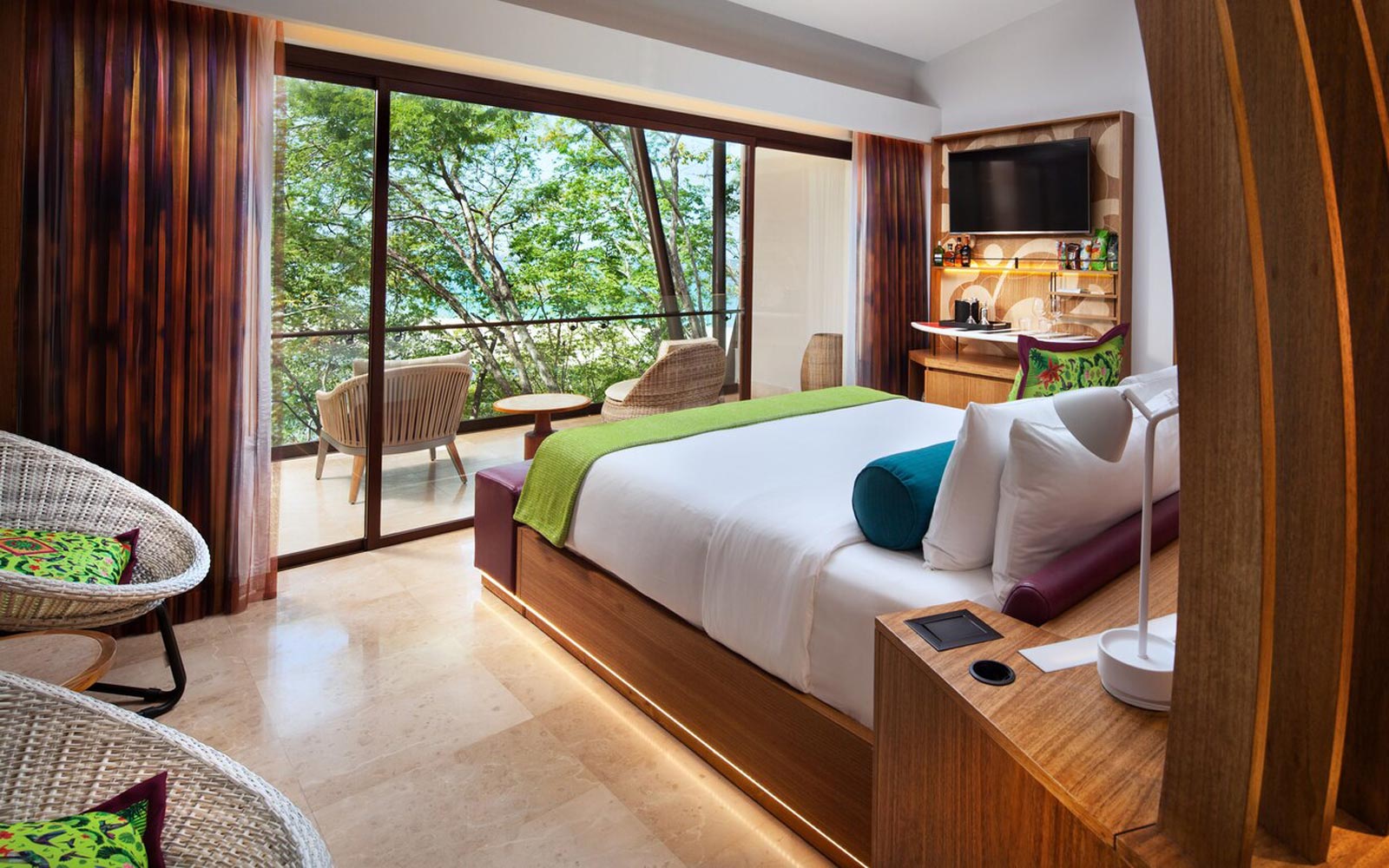

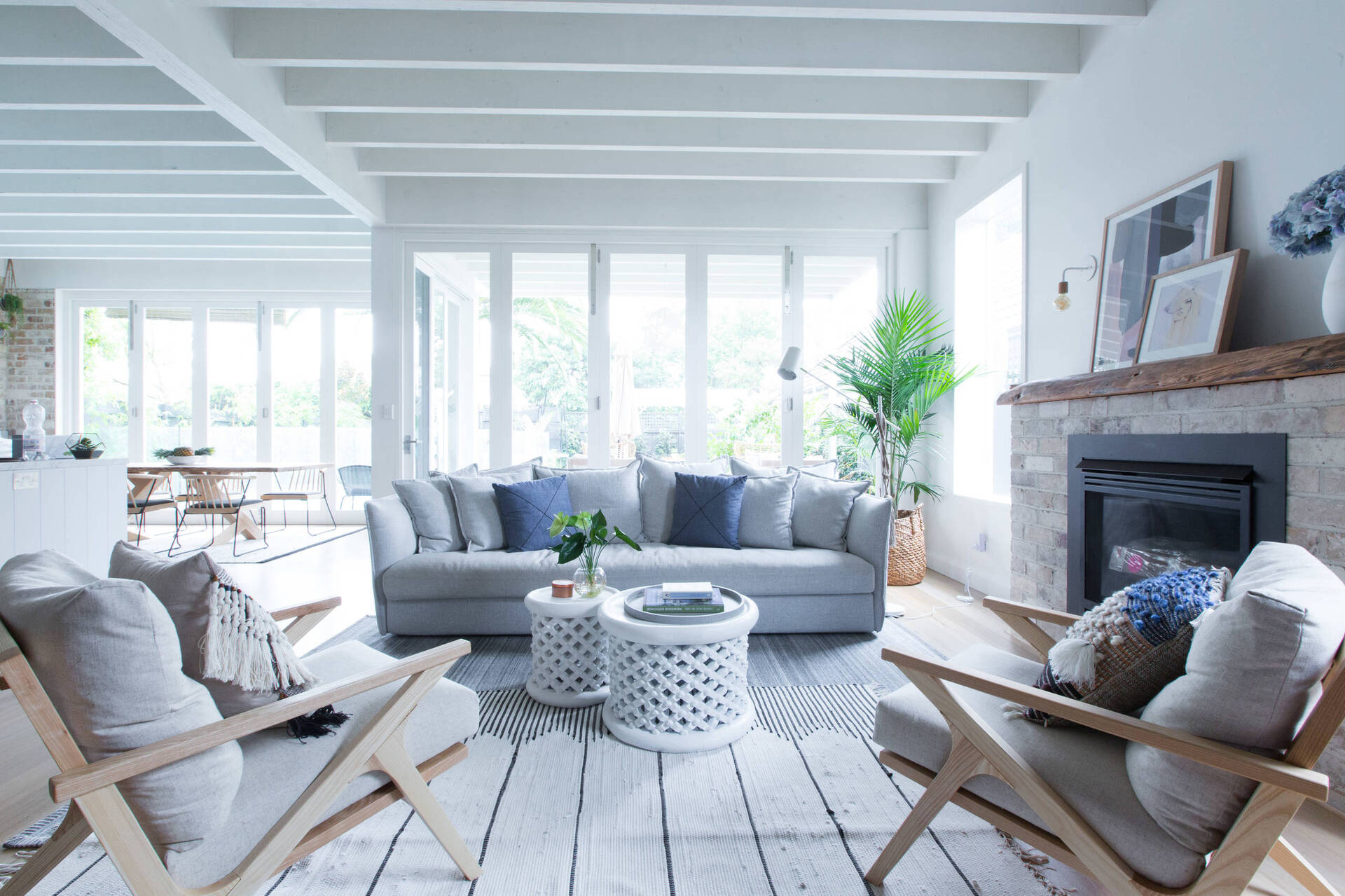

0 thoughts on “How Can I Make My Walls Attractive? 8 Rules For Beautiful Walls”